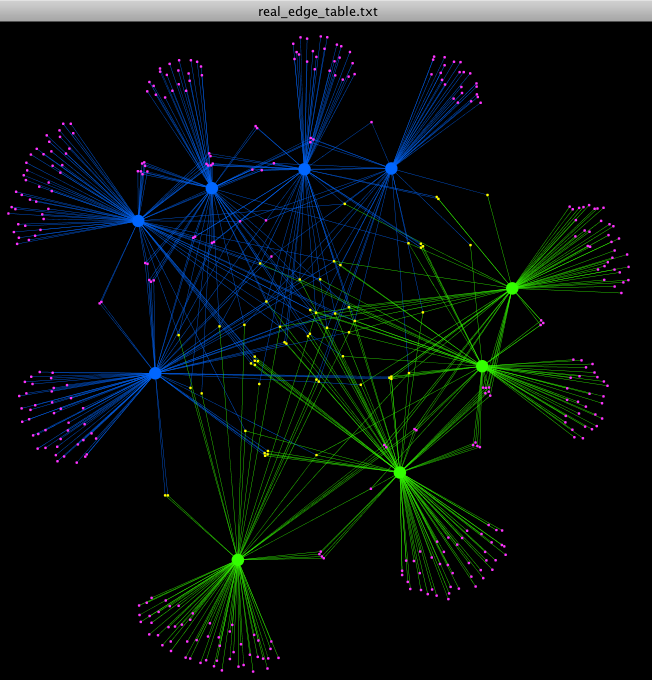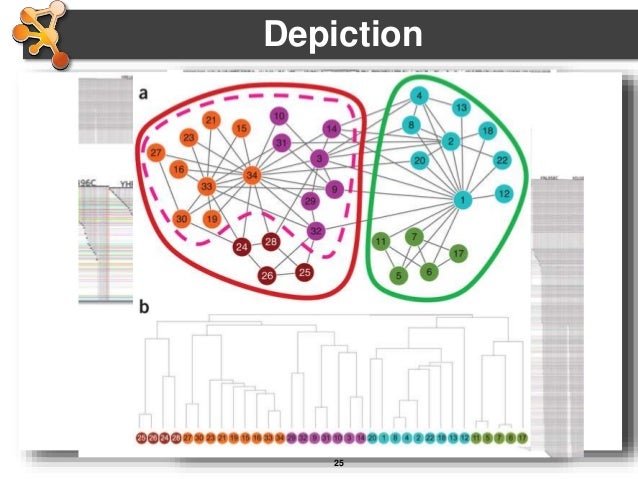

- #CYTOSCAPE 3 TUTORIAL HOW TO#
- #CYTOSCAPE 3 TUTORIAL SOFTWARE#
We will explain how to display this network with NeAT, Cytoscape, yED and VisANT. The weight expresses at which level both genes are co-expressed. An edge between two nodes means that they are co-expressed. This undirected weighted networks contains 537 nodes representing genes and 4801 edges. This network we will study consist in the top scoring edges of the yeast co-expression network included in the integrative database String. In this demonstration, we will show you how to visualize a network using some popular network visualization tools.

An adjacency matrix is a x table (with the number of nodes), where a cell indicates the weight of the edge between nodes and (or 1 if the graph is unweighted).
Several tools also accept adjacency matrices as input. VisML is the XML format required by VisANT, a very light but powerful visualisation tool. Similarly to GML, DOT supports various attributes on nodes (i.e. It is a simple way of describing graphs in a human- and computer-readable format. DOT files can be loaded in the programs of the suite GraphViz (). The DOT format is a plain text graph description language. More information on this format can be found at. The most popular graph editors support GML as input format (like Cytoscape and yED). A GML file is made up of nested key-value pairs. The tool Pathfinder extends this format by supporting any number of attributes on nodes or edges as well as the color, the label and the width of nodes and edges. Orphan nodes can be included by specifying a source node without target. Some additional arc attributes (weight, label, color) can be placed in pre-defined columns. Logically, in undirected graph, the columns containing the source and the target node may be inverted. If the graph is directed, the source node is the node from which the arc leaves and the target node is the node to which the arc arrives. The two columns fields are the source and target nodes. Each row represents an arc, and each column an attribute of this arc. The tab-delimited format is a convenient and intuitive way to encode a graph. In order to facilitate the use of the NeAT website, most of our tools support several among the most popular formats used to describe networks. Incompatibility between file formats is a constant problem in bioinformatics. Hereafter, we describe briefly some of the major formats used for graph description. Moreover, it allows the conversion of the graph into formats that may be usedīy some visualisation tools like Cytoscape (, ), yED ()or VisANT (, ). #CYTOSCAPE 3 TUTORIAL SOFTWARE#
It contains its own visualization software (display-graph) that will be described in the following.

NeAT contains some facilities to represent networks. The node label is generally indicated in the node box and the edge label is often placed on the line. The nodes and the edges may present a label and / or a weight. Networks are generally represented by a set of dots (or of boxes) which represents its nodes that are linked via lines (the edges) or arows (arcs in the case of directed graphs). To help the scientists apprehending their interest network, it is sometimes very useful to visualize them. Visualization using Cytoscape (version 2.3).Format conversion and layout calculation.Visualisation of a co-expression network.Next: Comparisons between networks Up: Network Analysis Tools (NeAT) Previous: Introduction Contents Network visualization and format conversion







 0 kommentar(er)
0 kommentar(er)
